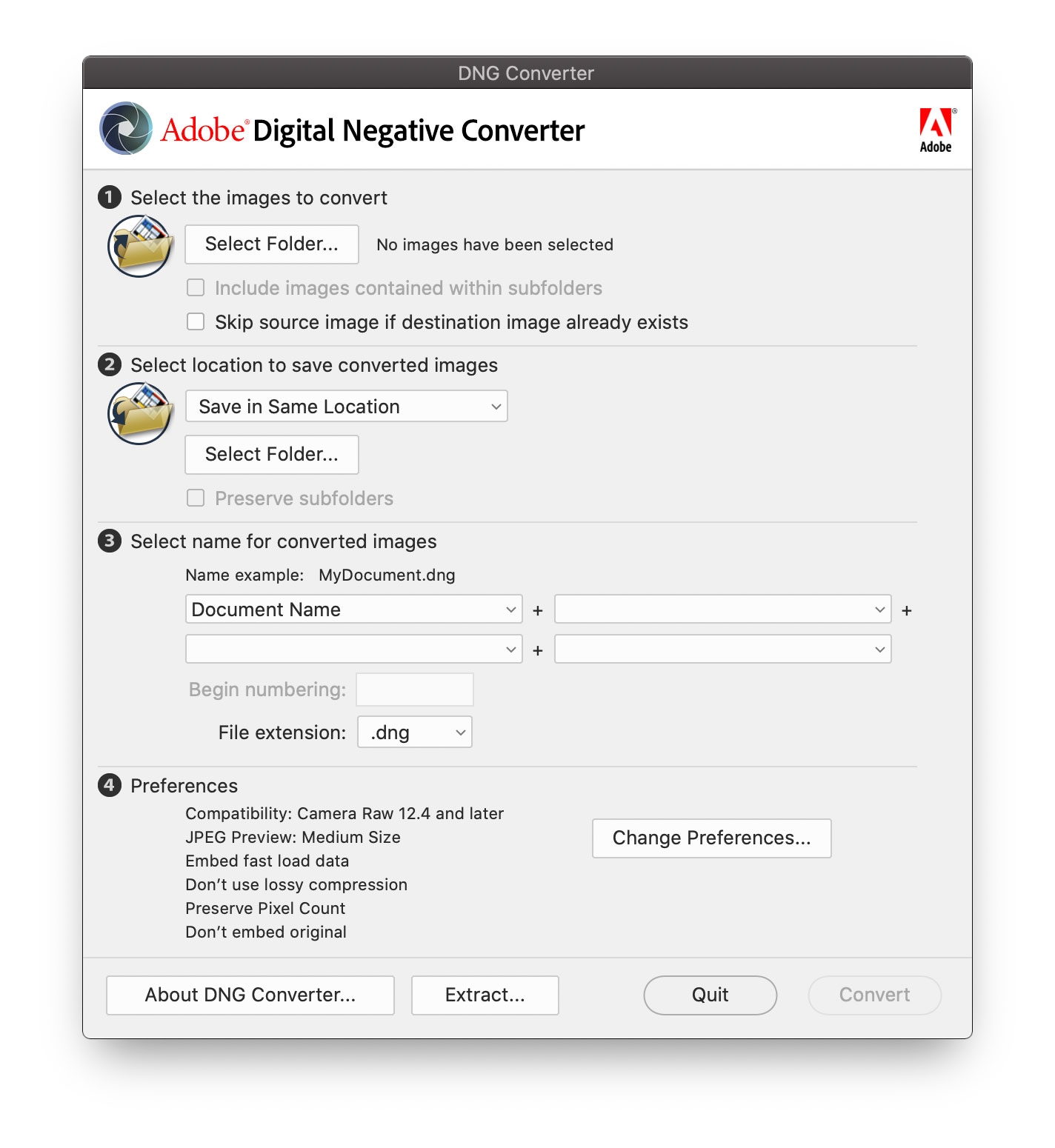Fitness trackers and smartwatches come up a dime a dozen, but devices that combine the best of both? Still exceedingly rare. At present, all the same, Samsung thinks it has the perfect solution in the Gear Fit, a fitness ring with a beautiful, curved screen, every bit well as a heart charge per unit monitor, pedometer and a few smartwatch features thrown in for good measure out. It's an aggressive product, no doubt, but unfortunately, this $200 fitness-tracking smartwatch hybrid didn't quite meet my expectations. Here's why.
Gallery: Samsung Gear Fit review | 38 Photos
Gallery: Samsung Gear Fit review | 38 Photos
Hardware and display
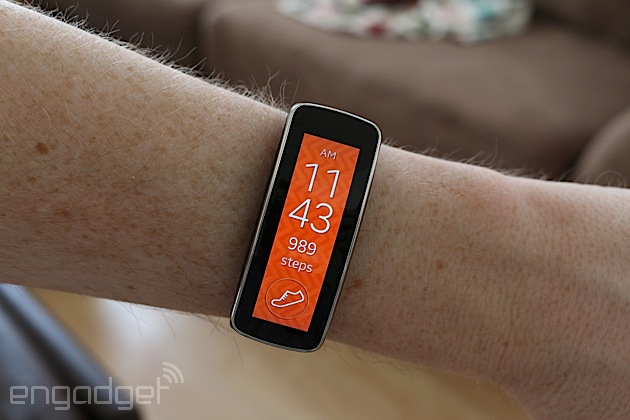
Beautiful. That's the thought that ran through my mind when I handled the Samsung Gear Fit for the very first fourth dimension back in February. Mostly information technology was the screen that got me, a 1.84-inch curved Super AMOLED brandish that wraps around your wrist. It helps this smartwatch/fettle band hybrid await and feel more natural, and it's much more than aesthetically pleasing than most of its rivals, too. The screen itself has vibrant colors, making it fun to stare at fifty-fifty when y'all're not using information technology. Information technology's barely readable in sunlight, though; you'll need to crash-land information technology up to "outdoor effulgence" mode, and even then it merely stays in that manner for 5 minutes before reverting back downward to your previous setting. And since at that place's no ambience low-cal sensor, there's no auto-effulgence setting to brand information technology easier for your display to adjust when you become outdoors.
Moving beyond the screen, the Fit is a narrow plastic module that comes with an interchangeable wristband. It's piece of cake enough to bandy colors, though you won't have many options at the beginning -- but six for at present. Information technology's comfy plenty that it'south not a burden to wearable for long periods of fourth dimension, which is something I tin can't say nearly many rival watches. Still, it's a sporty-looking device, if you lot know what I mean, which means anyone looking for something elegant should probably wait elsewhere.
The Fit has one physical home push, which you can also double-press as a shortcut to certain apps (that part'south customizable -- just choose the characteristic y'all employ well-nigh often). On the underside of the device, you'll find the heart rate monitor, which uses an LED to measure your pulse, along with a proprietary docking/charging port. Inside, the lookout man comes with Bluetooth iv.0 Low Energy, an accelerometer and gyroscope. What's missing? GPS, which could've made it possible to add more fitness-tracking options (especially useful when it'south not inside range of your phone).
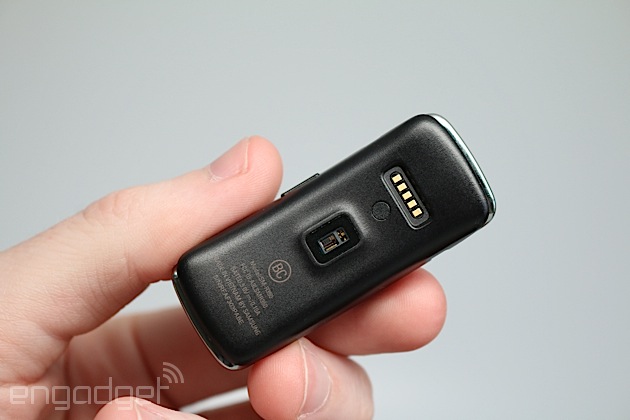
The charging dock used here is quite small, which also makes information technology a huge liability. Not just is information technology one more than accessory to accept around whenever yous get on a long trip, but it'south too incredibly like shooting fish in a barrel to lose. In that location'southward not much to the cradle itself: It features a micro-USB port and a couple wing-like tabs that help secure it onto the sides of your Fit. Information technology does a good job of attaching to the watch whenever I demand to plug the device in. The trouble is, if one of those tabs were to intermission off later, information technology'd exist about impossible to accuse the device.
Merely like Samsung'southward new Galaxy S5, the Fit is IP67-certified, which means it can be immersed in up to a meter of water for up to 30 minutes. And so, taking a shower and washing dishes are perfectly acceptable, and it'd probably fifty-fifty be OK if you lot jumped into the puddle with it.
Software and functionality

I won't bother mincing words hither: The hardware is practiced, just the software isn't. It's not running Android or Tizen Os, like Samsung'due south other Gears. Instead, it uses a specialized operating system that's limited in functionality and doesn't allow third-political party apps to work on the device itself (this may modify eventually, simply probably merely if the watch sells well enough to justify information technology).
Once the lookout man is ready, you'll exist greeted by a home screen. You can change this console to one of several different preset options: You lot tin can brandish the pedometer, the local weather, your side by side calendar appointment or even a second clock for a different fourth dimension zone. If y'all want to jazz upwards your clock beyond that, you can choose from x different themes; you tin can also make your own wallpaper by cropping a narrow strip out of whatever moving picture in your gallery.
Aside from the clock, the user interface is comprised of ten menu options (11 if you count App Connect, which pops up if a Fit-compatible app like Strava is installed on your Galaxy device). If you're fine with small text, you can fit up to three icons on the screen at the same time; if you prefer everything to be larger, nevertheless, you'll have to make do with one. Gear Fit Director, a Samsung phone app you need in club to manage your watch, lets you rearrange the menu as you lot see fit.
Finally, the menu tin can be split up into two sections: apps that function every bit fettle-tracking features, and apps that utilize the smartwatch part of the device. I'll discuss them separately.
As a fitness band
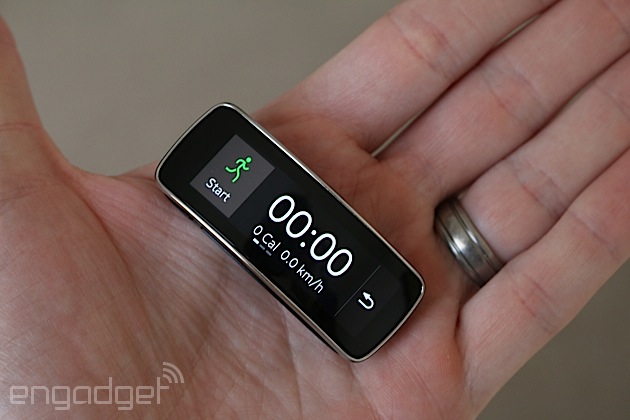
If you take a Gear Fit-compatible phone or tablet, chances are you've seen the S Wellness app. It's meant to be a one-finish destination for almost all of your fettle data, such equally your heart rate, exercise, calorie intake then on. It links with your Samsung Account, and then you should be able to dorsum upwards your information and transfer information technology to other Samsung-made devices down the road if you experience so inclined. As you might have guessed, almost whatsoever fitness tracking y'all do on the Fit can exist downloaded and synced with S Health. By default, the telephone and Fit are supposed to talk to each other one time every three hours for information transfers, but you lot can have it less oft (e.g., one time or twice a day).
The idea behind the heart rate monitor is wonderful, only in practice, it isn't equally useful as I was expecting. Starting time off, it's not accurate enough; simply like the Galaxy S5 and Gear 2, the sensor'due south numbers range anywhere from a solid "in the neighborhood" to outright "outlandish." The measurements varied wildly when I adjusted the Fit to a different position on my wrist, and the variation was even bigger when I measured my pulse on both wrists. All told, the sensor is too sensitive to sweat, movements and noise, oft requiring you to make multiple attempts. Lastly, the merely way to accept the Fit continually measure your heart rate is to go in and tell the spotter that y'all're starting your workout. Even and so, that option is switched off by default.
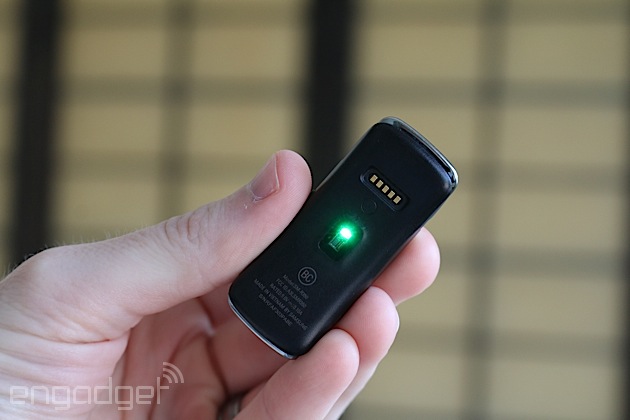
When you lot're ready to begin your conditioning, tap on the exercise menu option. Doing this gives you a small number of workout types to choose from: walking, hiking, running and cycling. These are capable of tracking your distance, the amount of fourth dimension it takes to complete the activity and the number of calories you've presumably burned in the procedure. Unfortunately, regardless of which activity you lot choose, in that location's no fashion to pause in one case you lot've started, so your workout time won't be accurate if y'all stop to take a break.
Some of the options, such as running mode, come with a built-in coaching feature. As you run, the heart charge per unit monitor keeps an center on your pulse and the autobus will give y'all uncomplicated instructions like speed up or slow down. Like I said, walking is one of the workout options in the exercise menu, but the pedometer is treated every bit a completely separate app on the main menu. This is incredibly unintuitive; it ways that if I desire to go on a walk and runway all of my data, I take to go into 2 different parts of the Fit to activate everything before I tin can even leave my house. (The pedometer is turned off by default.) If the pedometer had already counted your steps for the 24-hour interval up until that signal, y'all'd accept to reset it and then you tin begin your workout at zero. I want to count both daily and workout-specific steps, so information technology would make more sense to include a "steps counted" feature equally role of the workout screen instead of treating it equally a split data point.
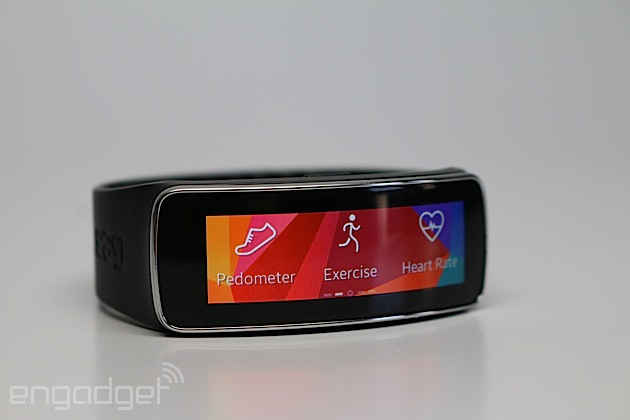
All of this is frustrating, but it could near be forgivable if the pedometer were at least authentic. Not merely is information technology imprecise, but information technology doesn't sync properly with S Wellness. Regarding the outset business organization, I took a walk and counted my steps the old-fashioned way (with my brain); when I compared information technology with my Fit, the two figures weren't close plenty to each other to blame margin of error. I also took my GS5 and Fit along with me for a mile-long practise -- half of it walking and the other half running -- and the Fit calculated 200 more than steps than my telephone. These are just a couple examples, of course, but I've noticed many more than discrepancies over the by week and a half.
The syncing problem only manifested itself when I used both the Fit and Galaxy device to monitor my exercise; because the S Health app knows you might take both your phone and smartwatch on yous at the same time, it only syncs the workout with the earliest start time. On paper, it'due south a smart idea; both devices should measure out the exact same results. Since they clearly don't, though, this means y'all'll terminate up with a discrepancy in your practice unless y'all turn off the activity tracker on one device (or go out your phone at dwelling when you're going for a run). The Fit also didn't practise a good chore of computing distances traveled. I used a local track to run a mile, but the Fit told me I'd merely travelled 1-fifth of that altitude. Again, GPS would have come up in mighty handy here.
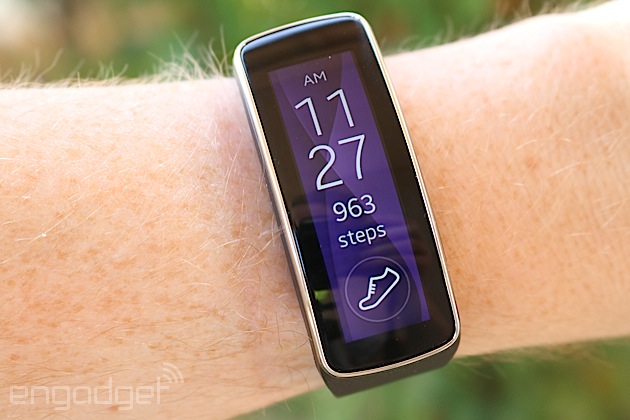
Sadly, the Fit's woes become beyond fitness tracking -- its sleep tracker is also fairly pointless. The Fit uses its built-in accelerometer to detect motion equally a fashion of determining if you're fully asleep, and... that's about information technology. It also has a timer that tracks when you want to begin sleeping and when y'all wake up, but even that'southward a hassle. Unlike the Basis B1 band, which automatically detects when you autumn comatose, the Fit requires you to do it manually. So, if it takes you a full half-hour to conk out, the Fit volition be none the wiser.
Not only is the amount of sleep data limited but also, the simply style to store any of it is to download a standalone app in the Samsung Shop called "Due south Health Sleep." That'due south correct, ane of the Fit's marquee features has no place in the main Southward Health app. Why the company did it this way, I can't be sure. What I exercise know, however, is that y'all currently need iii different apps to properly manage the Gear Fit and all of the data you collect on it. At this signal, you probably can see exactly how confusing the user experience is here. I imagine many of these bug will be solved over fourth dimension, but by then it might be too late.
As a smartwatch
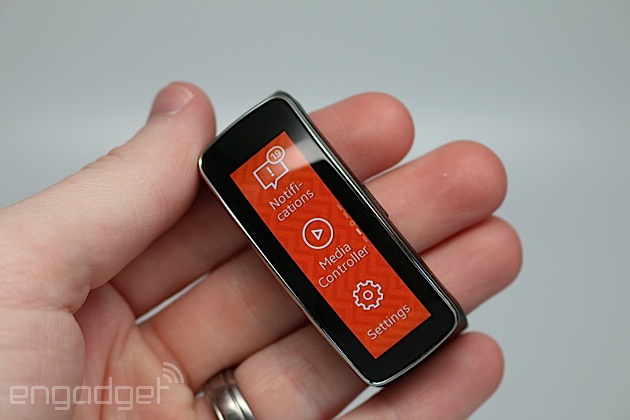
The fettle tracker manifestly needs some work, simply how does the Fit do as a smartwatch? Allow's start with a epitomize of what it does: like the Pebble, Information technology's an extension of your telephone, with notifications for incoming calls, text messages and emails, and as well select apps. Nearly of that works fine, but notifications -- especially long ones -- are a scrap of a mess simply because of the awkward screen. If I await at it in horizontal mode, I have to view it from an bad-mannered angle that hurts my neck (more on this in the next section). Near apps don't even show the actual notification; they display a teaser and give you the option to expect at information technology from your phone. In the case of Gmail, you tin see the sender's proper noun and subject line, but nothing else. Worse, if you have more than one email, your most recent message details blend into ane unmarried notification like a run-on sentence.
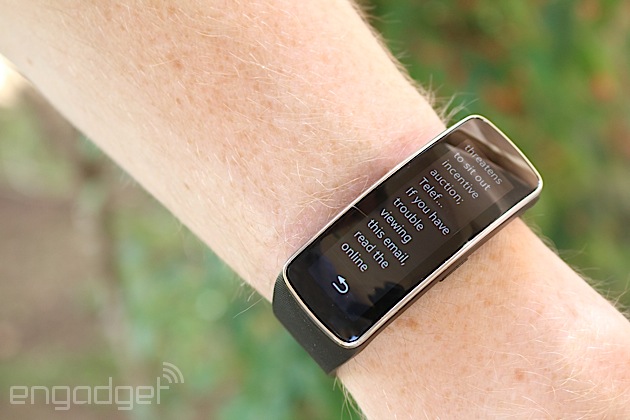
At that place'due south too a timer, media controller and stopwatch on board if yous need them, but this is essentially where the functionality stops -- remember that at that place are no 3rd-political party apps here. For a lot of people, this will be more than than plenty -- as I mentioned before, this isn't meant to supplant your smartphone, but I'd still like to see what else developers could do to the Fit to make it more effective when it comes to completing bones tasks.
In example you're wondering, the Fit comes with a Do Not Disturb mode (which Samsung calls Blocking Mode), but in that location's a take hold of: It'south combined with the sleep tracker, and then that's the only time you can use information technology. While I definitely like to use this mode when I'm sleeping, in that location are plenty of times when I'm trying to focus on other tasks and don't want my wrist vibrating every few seconds. This seems like a huge oversight on Samsung'southward part.
Performance and battery life
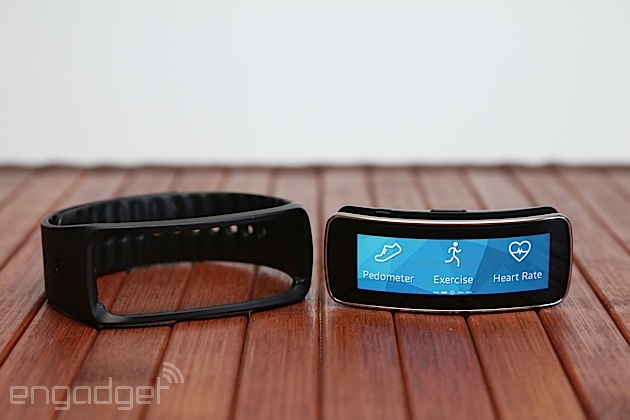
In that location's one other problem with using the Fit as a smartwatch: The brandish itself may be fun to await at, but the actual contents on the screen aren't. That'south considering the panel is so narrow that I had to strain my neck every fourth dimension I wanted to read the Fit display in horizontal (landscape) mode. Vertical (portrait) mode solves this problem, simply introduces some other consequence: You tin only read a few characters of text on each line, forcing you to scroll fifty-fifty further down the screen just to go to the end of the message.
On the plus side, scrolling isn't terribly difficult since the screen is reasonably responsive. Merely unless your phone is in some other room and you're not able to become upwardly and grab it, using 2 easily to curlicue through a notification on your sentinel pretty much defeats the purpose -- it'd be faster to just pick up the phone.
Meanwhile, I never had any problems pairing the Fit to my Galaxy S5, nor did I have any issues maintaining my Bluetooth connection. Too, the built-in accelerometer makes it possible to wake the display upward when I raise my arm, but the performance here is hitting-or-miss. On multiple occasions, I found myself grossly exaggerating my movements because simply raising my arm didn't really plow it on.
Equally for runtime, Samsung claims the Fit'south battery will last three to four days. Later spending a little over a calendar week with it, I accept to agree. I but had to fully charge the unit twice during my time reviewing it, and each time it lasted for four days. Admittedly, though, it probably would accept drained faster if I were a more avid runner, which means the usual caveat applies here: Your mileage may vary.
The contest
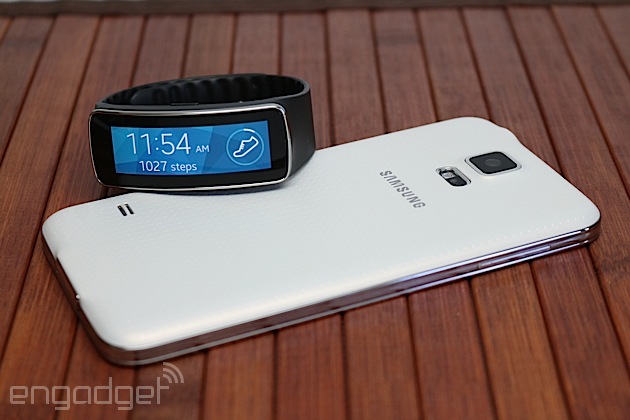
The $200 Gear Fit is unique in that information technology faces contest from not one, only two types of wearables: fitness trackers and smartwatches. That means you take a lot to cull from, even though the Fit is one of a few devices that attempt to bridge the gap between the two genres. But it'southward not the but one. When it comes to being a jack-of-all-trades, the $400 Adidas miCoach Smart Run does a good job combining several elements, doing quadruple-duty every bit a media device, training coach, GPS tracker and heart rate monitor. The problem is, it'south pricey. In fact, given the feature set, the Gear Fit feels like a steal at half the cost.
Bated from the performance problems, the Fit also has limited compatibility. It can simply connect to specific Samsung smartphones and tablets, and then anyone using other Android or iOS devices won't be able to do anything with it. Information technology's also on the expensive terminate of the fitness-band spectrum, going upward against the $199 Ground band. Although the Fit has a few more smartwatch-blazon qualities, the Ground B1 does a better job tracking nearly fitness activities. And, as mentioned earlier, it even monitors your sleep automatically, a killer feature that puts the Fit's capabilities to shame.
On the cheaper side, y'all tin can choose from the $150 Jawbone Up24, $100 Fitbit Flex, $100 Polar Loop and $130 Garmin Vivofit. The Garmin and Polar devices accept optional heart rate monitors, and the former has a simple display for stats; all of them tin can connect with most smartphones to sync your data. While most fitness trackers don't have many smartwatch qualities (if any), most smartwatches accept at to the lowest degree a few fettle tracking features. The Pebble (which ranges from $150 to $249 depending on the model) is backed by an enthusiastic programmer community, and it's got a bunch of clever apps related to health and fitness, such as sleep trackers, swim counters and pedometers (to name a few); you'll find Strava, RunKeeper, Runtastic Pro and other well-known apps in the Pebble shop as well. Unfortunately, though, the Pebble, doesn't accept a heart rate monitor.
Wrap-up
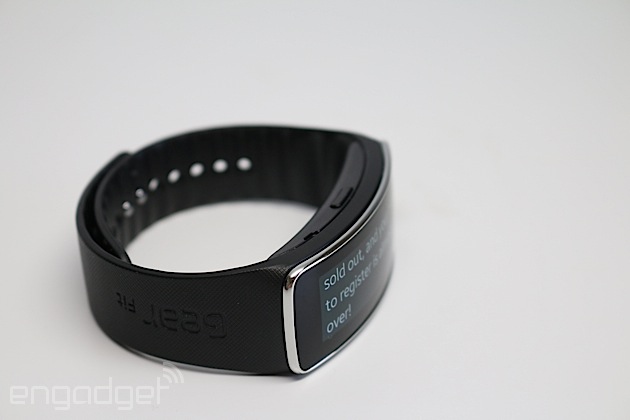
I'll give Samsung credit where it'southward due: Information technology'south one of the kickoff companies to blend a fitness tracker with a smartwatch, and in that location is indeed a market for such a device. In terms of hardware, the company did a fantastic job crafting a curved device that feels comfortable and looks adept, to boot. Samsung besides included a heart rate monitor, a beautiful brandish and interchangeable bands -- all good things.
Where Samsung failed is in the software. The user interface is disruptive; the display is awkward to read; the middle rate monitor and pedometer aren't accurate; and the slumber tracker simply logs a couple of import stats. Ultimately, the company tried so hard to integrate a fitness tracker with a smartwatch that it ended up one-half-baking both aspects. As is, it's non worth the $200 asking price.
History, too, would suggest it's not a good idea to buy this right now. Equally I mentioned in my original Galaxy Gear review, the device felt more than similar a proof of concept. Samsung clearly agreed, since it pushed out an improved sequel less than half-dozen months later. Now, the Gear Fit appears to be in the same position: neat on paper, merely poorly executed. It'due south best to wait this one out, only hopefully Samsung volition push frontward, listens to feedback and comes out with a much better version before as well long.


